We all have a story to tell about our births. Some of them are pretty and flowy and make us feel warm on the inside. Others might feel a bit pointy, or difficult, and leave us feeling a pang of grief and sadness when we think about them.
No matter what your birthing experience entailed, you can tell a beautiful and unique story to your child about the day they were born.
Here are some things to keep in mind when you are preparing to write your birth story for your little one.
Start the story wherever feels most important to you.
Your story doesn’t have to start with the onset of labour, or on your scheduled c-section date. The start of your story could be your conscious conception journey, or your process if you’ve conceived your baby via IVF or using donor sperm. For some stories, the birth of their older sibling might be an important reference point, or if your pregnancy included a medical diagnosis or a significant event, you can start at that point. If it feels important, it is important.
Use age-appropriate language for your child’s current age.
There can be so many ways to tell a story of the same experience. If your birth included a postpartum hemorrhage after you birthed your placenta, you could say “After your placenta was born, Mum had a hemorrhage, a bleed bigger than usual.” Or you could say “Mum birthed your placenta and the Dr gave her some medicine to help her bleeding stop.” Both are true, there is no right or wrong way to tell your children about their birth. As your child becomes older and starts to understand their story more, they may start to ask some questions about any parts they find particularly interesting. This is an opportunity to be open and explain anything in further detail as it comes up.
Tell your child how their birth made you feel throughout your story.
Birth is an innately emotional experience often with highs and lows. Children are born so sensitive to their own emotions and the emotions of their parents. Talking about your feelings in your birth storytelling can be the key to connecting deeply with your children and helping them to understand and relate to their own birth stories. You can add emotions and how you felt through your story. You could tell your child “Mummy’s body was working so hard to grow your body, she felt tired and sore.” Or you could tell them, “Dad cried when he saw you for the first time, he was so overwhelmed and happy that our family was complete.”
Don’t forget, storytelling doesn’t always need to be factual.
Writing your birth story for your child doesn’t need to be an hour-by-hour recount of the day. Birth storytelling is about capturing the parts of your story that you find to be most important and memorable to share with your child. This could be who was in the room when they were born or the gestation your child was born at. It could be how you made the decision to have a surgical birth or the grandparent that your child looked like the most when they were born.


